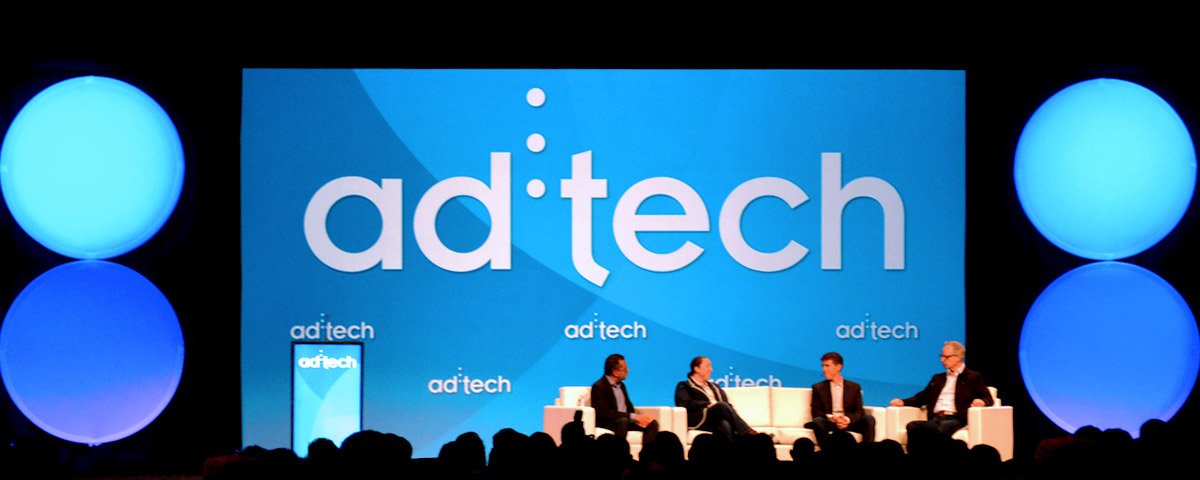At The Sandpit, we’ve been busy building businesses. A lot has happened in the advertising market over the past couple of months, so we thought we’d compile a brief on where the AdTech market is. Here’s the latest in the series of our market briefings.
The Institute of Practitioners in Advertising estimated that there was over £20bn spent on UK advertising in 2015 alone. This figure makes the UK advertising market the fourth largest in the world in terms of ad spend. A market of this size relies on innovation and technology to remain competitive with emerging markets. This has led to the emergence of Advertising Technology, otherwise known as AdTech.
The AdTech market has attracted some negative press of late. Most notably from the advent of ad-blocking. With an estimated 30% of web users in the UK using the ad-blocking software, it has rightly caused some concern, especially for publishers. Despite this, the UK is home to a diverse landscape of over 13,200 advertising businesses. With the forecast of 70,000 additional jobs in the industry by 2019, there are no signs of this market slowing down at any time soon.
This unprecedented growth has been spearheaded by tech unicorns* who have achieved household status. I’m talking about the likes of Google, Facebook, Snapchat and Twitter. Their revenue models are made, in the majority, from the sale of advertising.
In 2016, Google will generate $57.80 billion in total digital ad revenue worldwide, an increase of 9 percent over last year, representing 30.9% of the total worldwide digital ad market, according to a report from eMarketer. It is the same story for other brands such as Facebook, whose advertising revenue jumped 57% in the first quarter of 2016 to $5.2 billion. Research firm eMarketer estimates Facebook will generate $22.37 billion in net advertising revenues this year, representing 12% of the global digital advertising market this year.
These businesses, which have scaled at such pace, have dramatically increased the amounts of tech talent in the market. The global success stories of the tech unicorns has led to a pull-factor into the advertising industry, as well as inspiring budding entrepreneurs into the sector. An industry awash with talented individuals creates a continual churn of startups – all entering the market with a product which they think will end up like a unicorn.
This naturally creates an ecosystem where disruptive startups enter the market, with cutting-edge technology but limited funds. And on the opposite end of the spectrum, the unicorns who have access to funds and are keen to adopt the latest technology & innovation. A barometer of the ecosystem is the mergers and acquisitions market. In the first half of 2016, adtech deals stood at $3.7 billion, was down from H1 2015 which was skewed by Verizon’s $4.4bn acquisition of AOL in June 2015.

In an interview Julie Langley, Senior Partner at Results International said: “Demand continues to be driven by new entrants into the sector – we’ve seen a number of players make their first acquisitions into the space – and the rapid pace of innovation.”
The market shows no signs of slowing down either.
For the past consecutive years, global ad spend has continued to increase at an average rate of 5% per year. This represents not only a shift in platform spend (from traditional advertising, to social & digital) but sustained growth. Advertising is ripe for change, and technology just might be the opportunity for it.
*A Unicorn is a start-up company valued at over $1 billion
Join the conversation by commenting on this post below.


